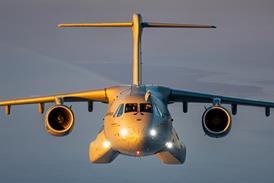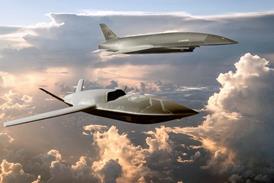Engine blades repaired using direct laser deposition (DLD) and capacitive discharge welding (CDW) are better than new, according to a European Fifth Framework Programme project.
The laser and discharge techniques were evaluated under the €6 million ($7.8 million), four-year AWFORS project – advanced welding technologies for repair and salvage of high-value engine components made of nickel and titanium-based alloys.
CDW is similar to friction welding and DLD involves the deposition of a metallurgic powder which is melted into place with the laser. "Both the strength and fatigue strength of DLD titanium alloys are superior compared with the base material," says Professor Klaus Broichhausen, head of technology programmes at Munich-based MTU Aero Engines. "Strength tests and other tests have shown that CD-welded titanium alloy also revealed superior mechanical properties compared with the base material."
The next step for the research is for the industrial partners to use DLD to repair blisk blades. Eventually, Broichhausen expects CDW to be used in the manufacture of blisk blades, and DLD in their repair.
The AWFORS project had 10 partners, including Aachen University of Technology, Rolls-Royce Deutschland, the Swiss Federal Institute of Technology Lausanne, Turbomeca and Italy's Universita Degli studi di Lecce.
ROB COPPINGER/LONDON
Source: Flight International












































